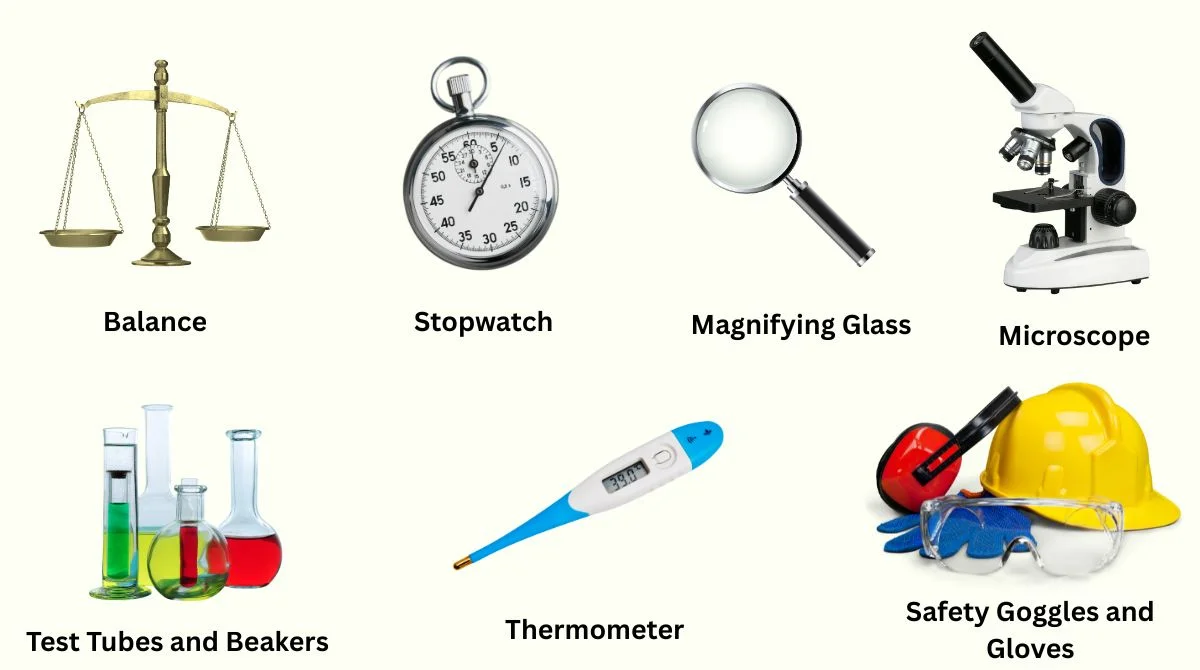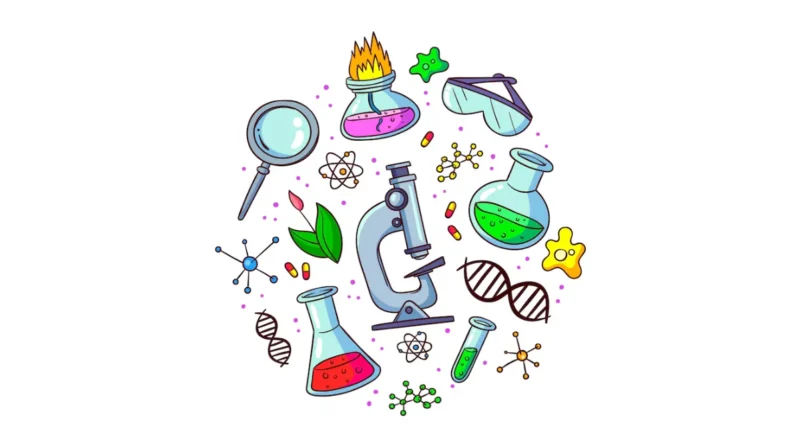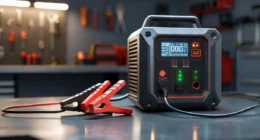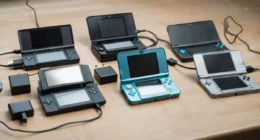Table of Contents
Science tools help people explore the world and answer questions about how things work. Whether you are a student learning basic concepts or a scientist making new discoveries, these tools are essential for every experiment. Science tools make observations clearer, data easier to record, and findings more accurate. Let’s take a closer look at the most common and useful science tools, why they matter, and how to use them in everyday life.
What Are Science Tools?
Science tools are instruments and devices that help people conduct experiments, take measurements, and record observations. They allow us to study tiny things like cells, as well as large concepts like weather patterns or the stars in the sky. Good science tools help you work carefully, so you can trust your results.
Why Are Science Tools Important?
When working on any science project or experiment, using the right tools is very important. They help you.
- Measure accurately so your data is correct.
- Save time by making processes faster.
- Explore things that cannot be seen with the naked eye.
- Gather evidence that supports your conclusions.
- Make learning more hands-on and engaging.
When students use proper science tools, they feel more confident and are more curious. Tools help them connect theory to practice.
Common Science Tools and Their Uses
Here are some of the most popular science tools you will come across.
Microscope
A microscope allows you to see tiny things, like cells and bacteria, that cannot be seen with the naked eye. It magnifies small specimens so you can study their shape, color, and structure in detail. Schools and labs often use different kinds of microscopes, including light microscopes and electron microscopes.
Thermometer
A thermometer is a simple tool that measures temperature. Scientists use it to record how hot or cold something is. It can be used in many types of experiments, from seeing how heat affects chemical reactions to tracking the temperature of water before and after heating.
Balance
A balance is used to measure the weight or mass of an object. A triple-beam balance is often found in classrooms, while electronic balances are common in advanced labs. Measuring an object’s weight is important in chemistry, biology, and physics.
Test Tubes and Beakers
Test tubes and beakers are glass containers that hold liquids and chemicals. Test tubes allow you to mix small amounts of substances to watch a reaction. Beakers help you measure liquids and pour them safely. Always use them carefully, especially with dangerous chemicals.
Magnifying Glass
A magnifying glass is a simple handheld lens that lets you look at small details up close. It is especially useful for observing small insects, rocks, or leaves during nature walks or outdoor studies.
Stopwatch
A stopwatch or timer is a tool that measures time. Scientists often need to record how long an event takes, like a chemical reaction or the time a ball takes to roll down a ramp. Accuracy is key for making sure your data is correct.
Safety Goggles and Gloves
When you do science experiments, safety is always important. Safety goggles protect your eyes from splashes or flying debris. Gloves help protect your hands from chemicals or sharp objects.

How to Choose the Right Science Tools?
When choosing tools for an experiment, look at the goals of the project first. Think about.
- The size of what you need to observe or measure.
- The accuracy required for your data.
- Safety is needed when working with chemicals or heat.
- The budget or availability of tools in your school or lab.
By selecting the proper tools, you can reduce errors and make your experiment easier and safer.
Taking Care of Science Tools
Science tools must be cleaned and stored properly after use. Dirty tools can cause mistakes or contaminate your next experiment. Here are a few care tips.
- Rinse glassware with water after every experiment.
- Handle microscopes carefully and cover them after use.
- Store sharp tools like scalpels and tweezers in a safe container.
- Calibrate instruments like thermometers and balances regularly.
Taking good care of your tools will make them last longer and give you accurate readings every time you use them.
Modern Science Tools and Technology
In today’s world, science tools are more advanced than ever. Schools and labs often use modern instruments like.
- Digital thermometers for faster readings.
- Data loggers that record temperature, light, or sound continuously.
- Laser pointers for precise measurements and presentations.
- Spectrophotometers for analyzing light absorption in liquids.
- Virtual labs, where students do simulations on computers or tablets.
New technologies help students explore more complex ideas, often in safer, faster, and more interactive ways. Learning to use these modern tools prepares students for future scientific careers.
The Role of Science Tools in Learning
By using tools hands-on, students gain important skills that they will use throughout life.
- Problem-solving by figuring out which tools suit their needs.
- Critical thinking by interpreting results correctly.
- Collaboration with classmates during group experiments.
- Creativity by designing new experiments with the tools they have.
Science tools make school lessons more fun and help students see that science is a real, active process.
Conclusion
Science tools play a huge part in making experiments accurate, hands-on, and exciting. From the basic microscope to modern computer tools, they help us understand our world better. Learning to use these tools well is an important part of every science student’s journey. The right tools can inspire students to ask questions, explore ideas, and make their discoveries. Whether you’re new to science or an experienced scientist, the right tools will help you work carefully and make your results trustworthy.









